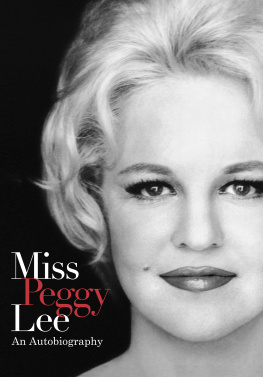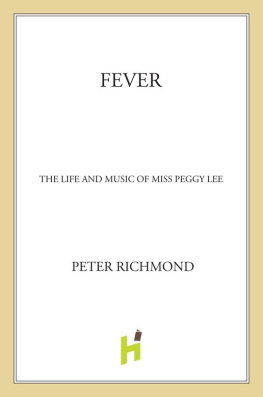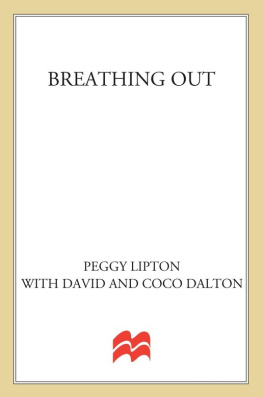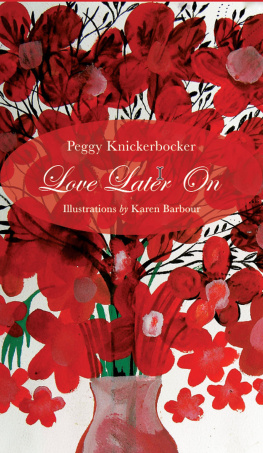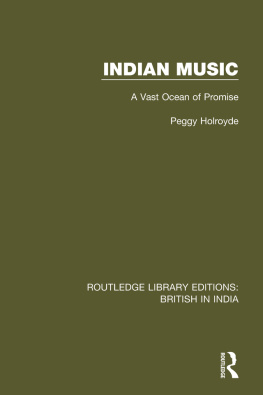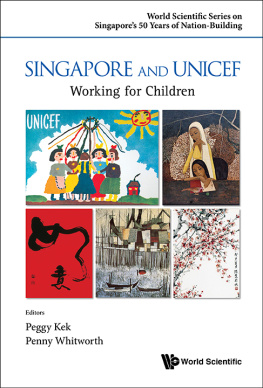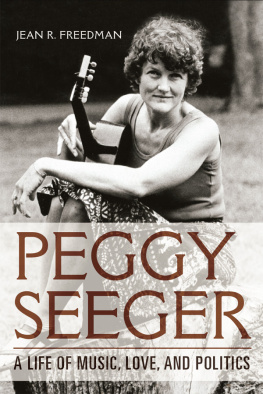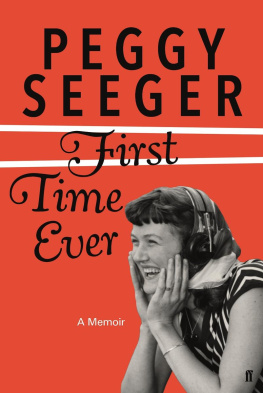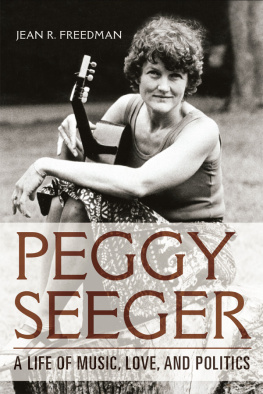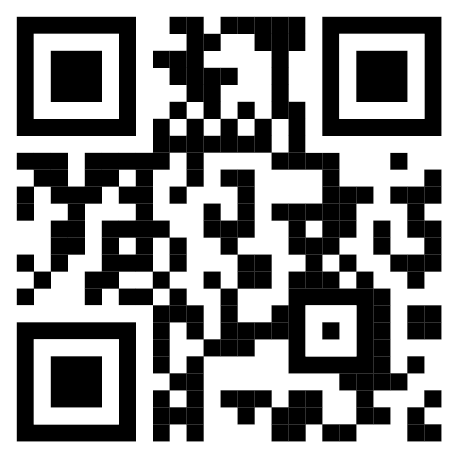Copyright 2022 by Peggy Lee Associates LLC.
All rights reserved. No part of this book may be reproduced in any form or by any electronic or mechanical means, including information storage and retrieval systems, without permission in writing from the publisher, except by reviewers, who may quote brief passages in a review.
Grateful acknowledgment is extended to Jerry Leiber and Mike Stoller for the right to reprint the lyrics from Is That All There Is? on page 1. Copyright 1966, 1969 Jerry Leiber Music & Mike Stoller Music. All rights administered by WB Music Corp. All rights reserved. Used by permission.
Grateful acknowledgment is extended to Johnny Mandel for the right to reprint The Shining Sea on page 269. Lyrics by Peggy Lee, music by Johnny Mandel. All rights reserved. Used by permission.
View a collection of photos culled from Peggy Lee's extensive personal archives. Scan QR code or visit https://www.peggylee.com/gallery/
and my grandchildren, David, Holly, and Michael.
Introduction
by Holly Foster Wells
The day after my grandmother passed away, I remember walking through her home in an emotional fog. Though she didnt like to think about mortality, she had long been preparing me for this time. From an early age, I can remember her telling me things that she did or didnt want done in the future. I knew what time she was referring to. She had worked incredibly hard to build up her career, and she wanted to know that her legacy would continue to live on, long after she was gone. When she would tell me these wishes and desires (and commands!), she would get a very serious look on her face, and I knew to pay attention. Even so, I regret that I didnt ask more questions.
Thankfully, she left behind many ways for me to find answers. Tucked neatly away in all of the closets in her house were boxes and boxes, each containing documentation of her career accomplishments (as well as her missteps), from letters and manuscripts, to decades worth of memorabilia, along with thousands of news clippings and hundreds of photos. There were also boxes of reel-to-reel and cassette tapes, featuring recordings of rehearsals, business meetings and drunken, music-filled parties.
It took a year for me and my family to go through everything (and the work of cataloging continues, even today). In sorting through the countless boxes, I came upon a series of timelines of her lifequite a few of them. But, there was one in particular that caught my attention, because it was in a plastic cover with a big red sticker on it, and had my grandmothers distinctive handwriting written across the top, saying: Most Important TimelineSave! I held it in my hands like it was the holy grail to knowing more about my grandmothers life. I soon learned that this timeline was the basis for the book you are reading.
Though you might wish to know all sorts of things about my grandmothers life and career, what is in her autobiography is what she wanted you to know about her life and career. When I read her book with that in mind, I eat up every word. And yet still, I am left wanting to know more. Her collection of poetry, Softly With Feeling , helps complete the picture.
Long before she was a songwriter and a singer, my grandmother was a poet. Its hard to say which she fell in love with firstpoetry or music? Of course, lyrics are poetry set to music, so it makes sense that she went on to craft both. Writing was as integral to her as breathing, and by 1953, she had written a collection of poems and reflections that she felt inspired to share with those closest to her. With the help of her friend Greg Bautzer, she privately published the collection and called it Softy With Feeling (the same words she used to describe her approach to singing). Only a few people got this rare peek into my grandmothers heart and mind. Now, after all of these years, you will get this same glimpse.
If you are curious to dig deeper, I feel confident in saying that most everything one could ever hope to know about my grandmother can be found in her music. There is meaning (and usually a story) behind every song that she wrote and sung. Ivn Santiago has done a beautiful (and exhaustive!) job in creating a comprehensive discography and recommended listening guide. I hope you will dive in and get lost in her recordings (over 1,100 of them) and compositions (over 270 of them).
By no means was my grandmothers story over when she wrote this autobiography in her 60s. The esteemed Will Friedwald has written an epilogue that covers what my grandmother did throughout the remainder of her life after 1989, when this was originally published. She was not one to sit idle, as you will learn from Wills writing.
She was born Norma Deloris Egstrom in Jamestown in 1920. How she became Peggy LeeIll let her tell you about that
Holly Foster Wells, February2022
Prologue
Is that all there is?
Is that all there is?
If thats all there is, my friend,
Then lets keep dancing,
Lets break out the booze and have a ball,
If thats all there is...
I picked up the needle from the demo record on the turntable and said to Snooky Young, the jazz trumpeter, Isnt that wonderful?
Thats a weird song, he said. You going to sing that?
Yes, I think so. I cant get it off my mind.
Well, you do all those kind of arty songs and people seem to love them...
I thought of Dont Smoke in Bed and a few others and remembered how I often had to fight to get to do things I believed in, but little did I know at the time what a battle Id have with Is That All There Is? Before this, its authors, Jerry Leiber and Mike Stoller, had written Im a Woman, truly my cup of tea, and of course, their huge success with Elvis Presleys record of You Aint Nothing But a Hound Dog (although I still think Im a Woman was more colorful, filled as it was with word-pictures, and it did swing).
When I came to record Is That All There Is? there was resistance everywhere. They said it was too far out, they said it was too long, they said and they said... So I went to Glenn Wallichs, one of Capitol's founders, with a demo record (something I hadnt done before), and Glenn seemed embarrassed. Peggy, you dont have to play a demo, you helped build this Capitol Tower. You just record anything you want.
Delighted to hear it, Jerry and Mike and I set about doing just that. Earlier, composer Johnny Mandel had brought me one of Randy Newmans very first albums, telling me, Youll love this fellow, which I did, and I asked him to write the arrangement. It turned out to be perfect for his style.
So now the record was made, our faith in it ran highI couldnt believe my ears when Capitol Records said they were turning thumbs down on it.
Is that all there is?
No, because, fortunately, there was a television show they wanted me to do, which I wasnt too keen about. Well, you know what I did. I said, Yes, if youll release this record, Ill do the show, and they agreed.
Hallelujah. It became a hit, went across the board, but thats not all there is to it. It dramatized for me what my life had been and would continue to be, a struggle, sometimes for things more serious than a song, but the lesson was therestick to your guns, believe, and more than you ever imagined can happen!

